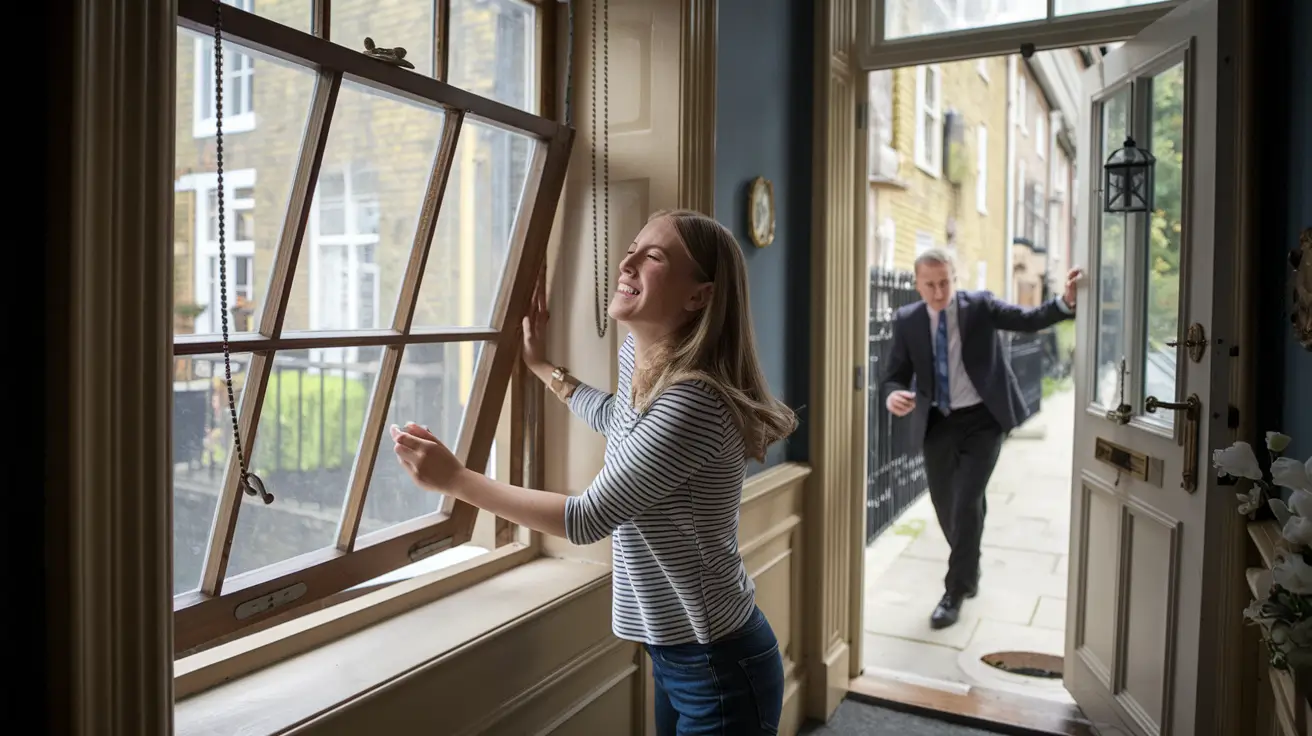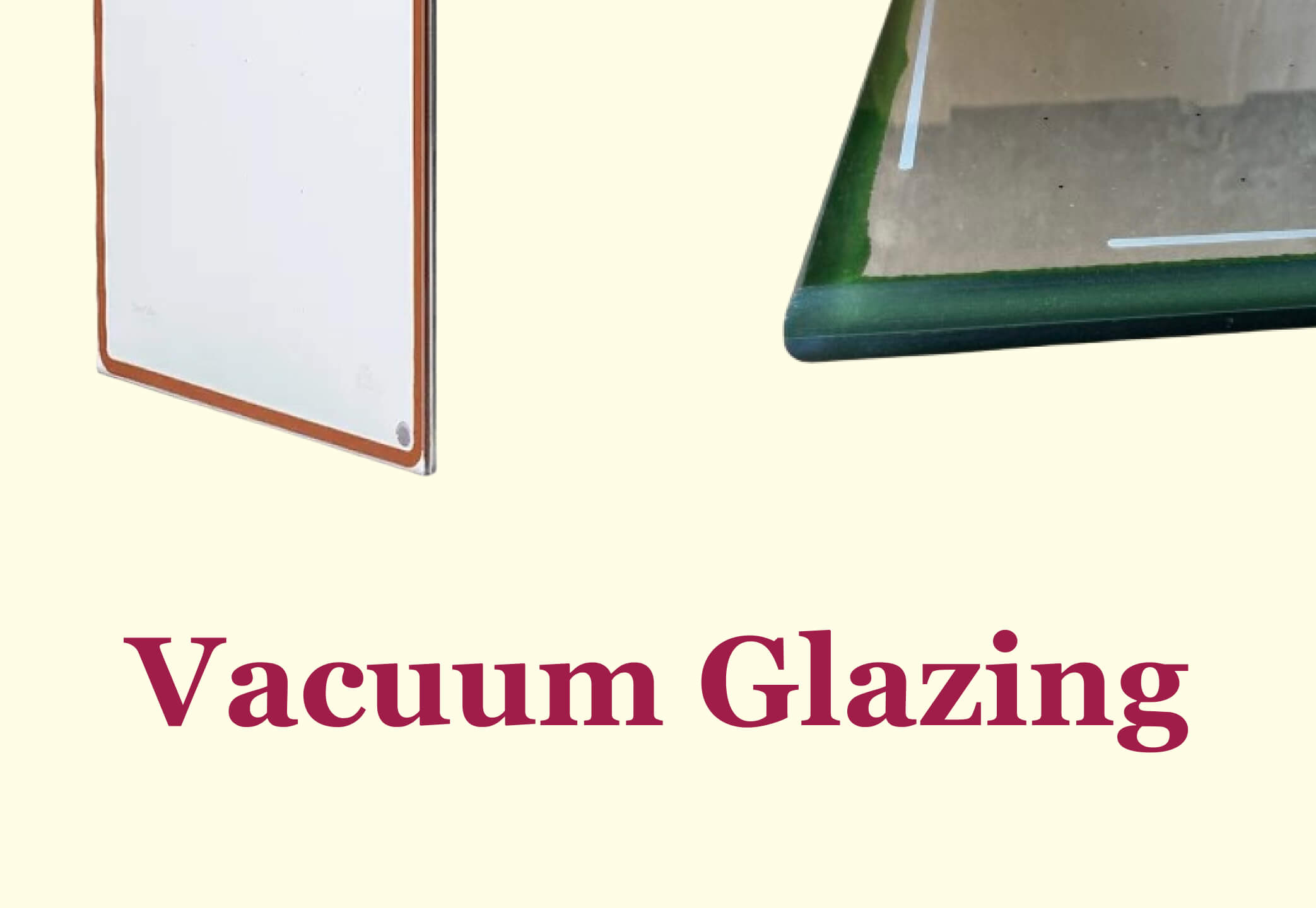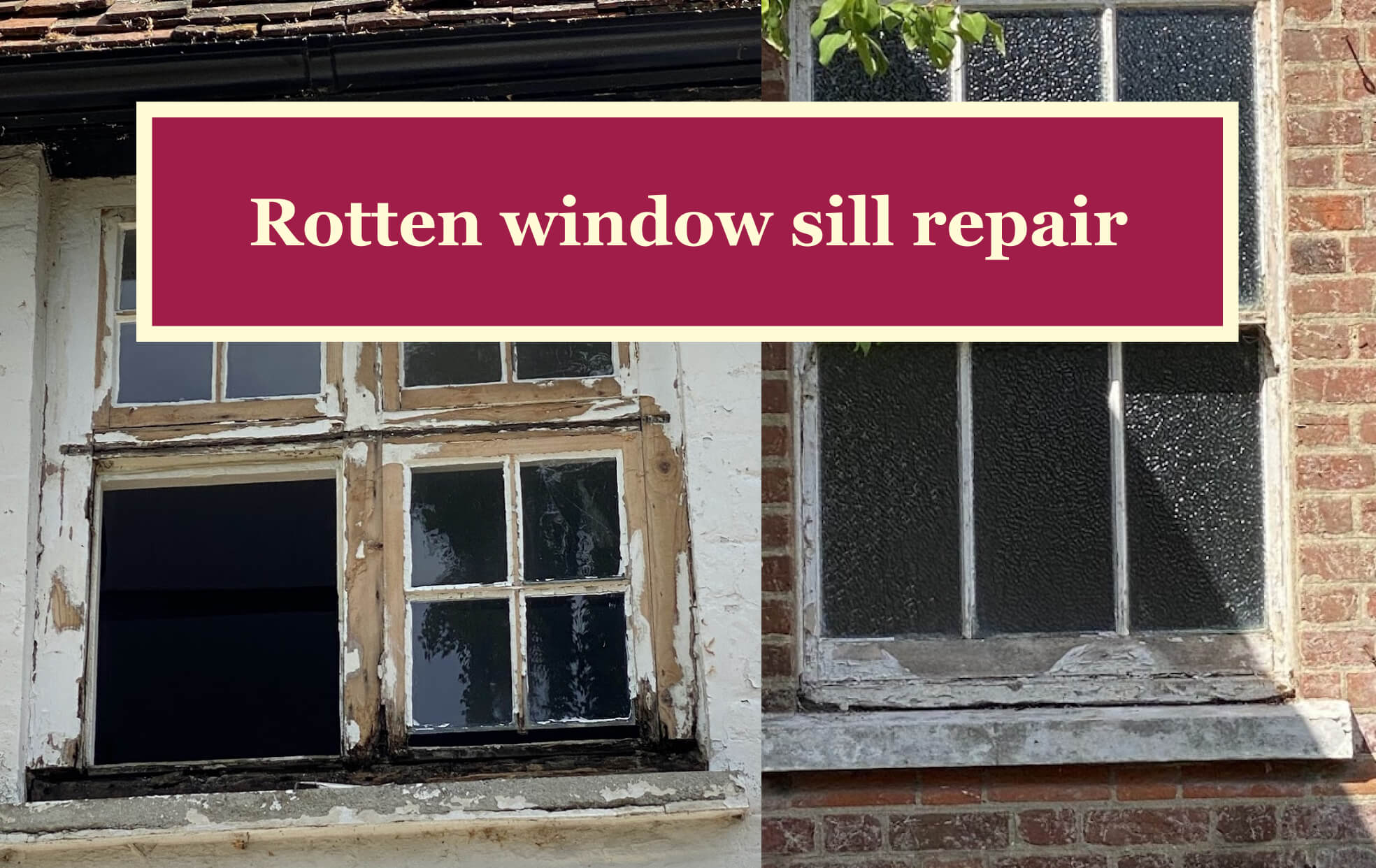Can You Install Secondary Glazing with Shutters?
When homeowners are looking to improve their property’s energy efficiency, one popular choice is turning to the installation of secondary glazing. This involves the adding of an internal window inside one’s current window.
The additional protective layer serves to reduce the heat exchange with the outdoors, decrease the noise levels from the street, and accordingly helps maintain the original feel and unique aspect of a building—something crucial in the case of heritage and listed buildings.
But if you already have shutters installed or are considering buying some, it may be crossing your mind that the two seemingly benign objects can be a thorny issue:
Can you install secondary glazing if shutters already occupy the space?
In brief, the answer is yes: however, it becomes a little bit fussy, depending on the size of the window and the placement of shutters and what secondary glazing system you decide on.
The following examines what can be done further; on the other hand, another option is presented to you, which can help you keep your shutters but achieve a higher level of efficiency for your windows.
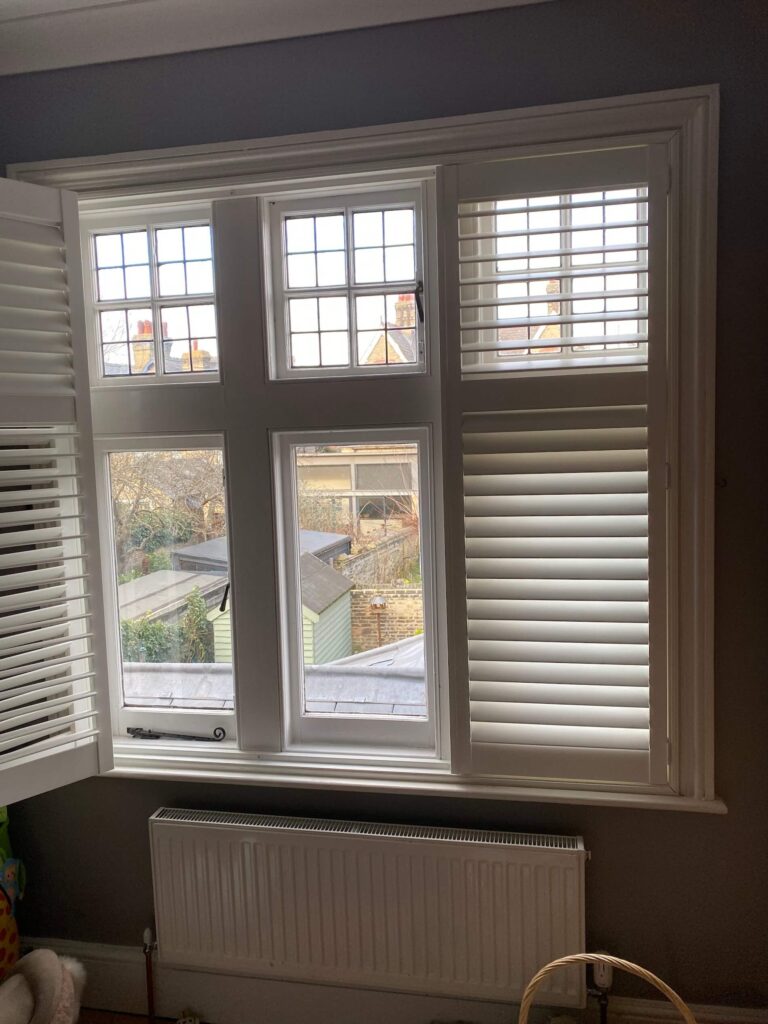
Installing Secondary Glazing with Shutters
If your windows have internal shutters that close over the interior side of the glass, adding secondary glazing can be challenging. Here are some factors to consider:
- Space Requirements
Secondary glazing generally needs a bit of space to accommodate the added frame. If you have shutters that fit snugly into the window recess, there may be limited room for a secondary glazing panel. - Frame Location
The secondary glazing must be installed in such a way that it does not obstruct the operation of the shutters. Sometimes, the glazing can be placed closer to the window glass, or the shutters can be adjusted or repositioned slightly—often with custom solutions. - Types of Secondary Glazing: Lift-Out Systems: These allow the secondary pane to be lifted out of the frame for easy access to the original window. Shutters can still be used, provided there is clearance.
- Professional Assessment
Every window is different, and a professional installer can advise on the best approach, whether that’s a fully customized secondary glazing system or an alternative method of enhancing window performance.
An Alternative: Double-Glazing the Existing Window
If secondary glazing presents too many complications with your shutters—or if you simply prefer a sleeker, more integrated solution—our service offers an alternative: we can double glaze the existing windows themselves, without adding secondary glazing.
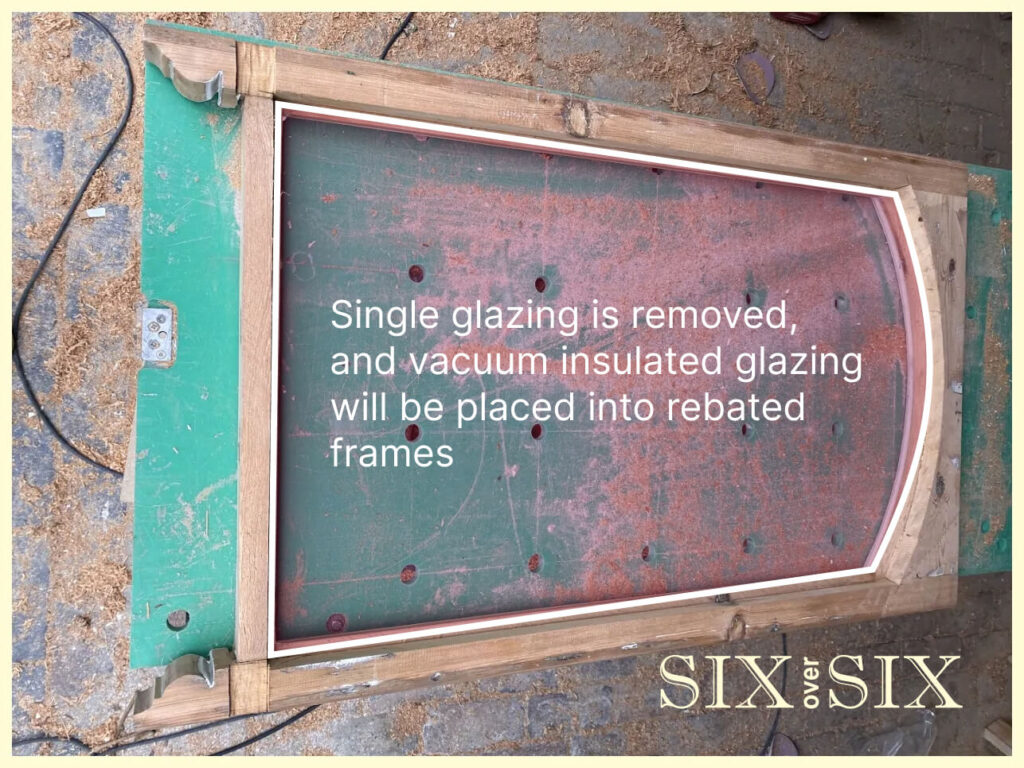
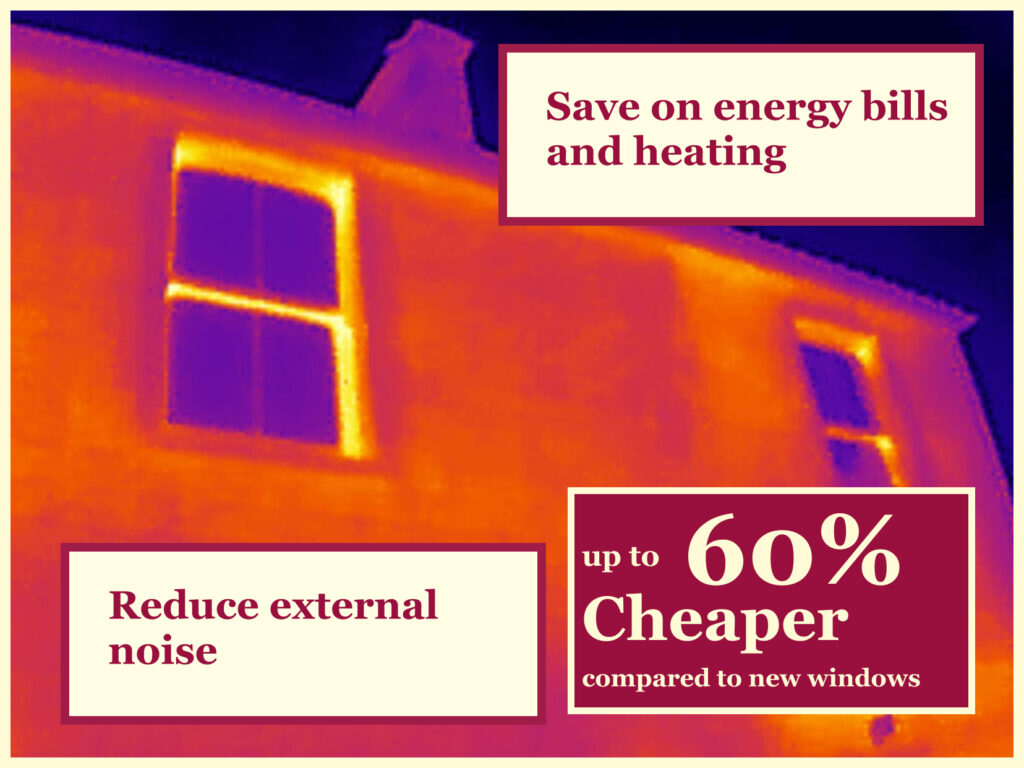
Here’s how it works:
- Assessment of Your Current Windows
We evaluate the condition and style of your windows. Even for older or listed properties, we can often enhance the existing frames. - Specialised Glazing Techniques
Our team carefully removes the single glass pane and replaces it with an insulated, double-glazed unit that retains your window’s original frames. This means the external appearance of your home remains unchanged, while you benefit from significantly improved insulation and noise reduction. - Maintaining Your Shutters
Because this process does not require an additional internal frame, your shutters will function as they always have. There’s no concern about whether the secondary glazing will obstruct or fit alongside the shutters. - Energy Efficiency & Comfort
By transforming your windows into fully double-glazed units, you effectively upgrade your property’s thermal efficiency. This can reduce heating costs and make your home more comfortable year-round.
The Bottom Line
A possible solution would be to install secondary glazing along with the shutters, but absolutely specialized refinements to ensure that the operation of the shutters is not marred in any way.
Installing secondary frames and panels to fit the windows’ outer frames can be intimidating; if a cleaner, more modern appearance is sought, direct double glazing will be preferable for many.
As direct double glazing for your existing windows, waiving the need for external installation appliances, your shutters retain their full usability and attractiveness. This is an efficient, cost-effective way to elevate the efficiency of your windows—without the hurdles of secondary glazing.


 Adam Brick
Adam Brick